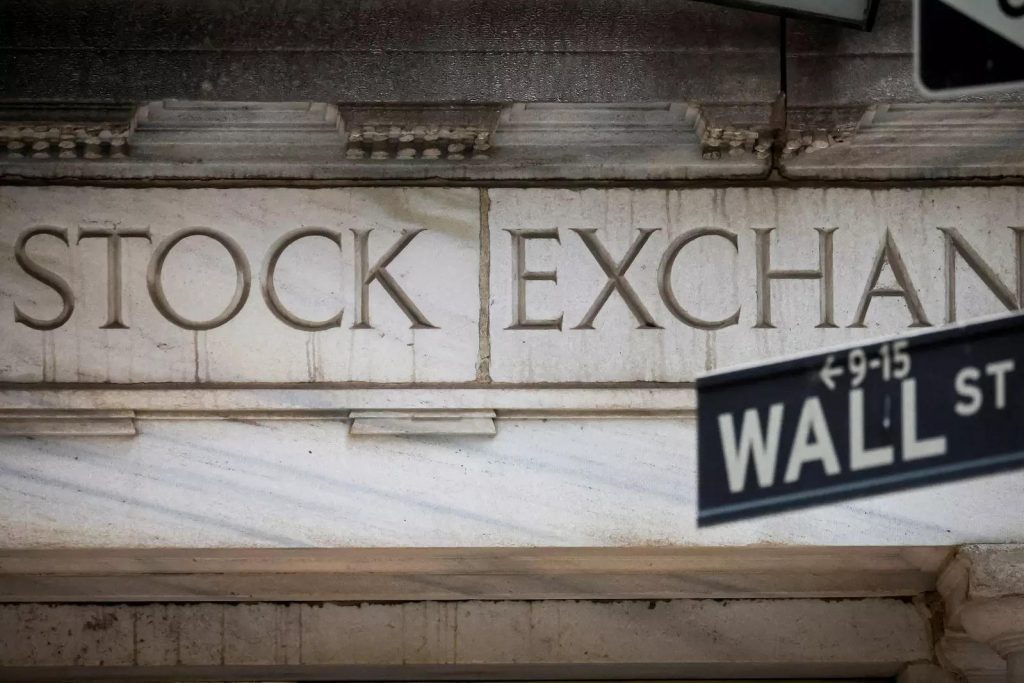The Colbert Report, Law & Order: SVU, and Better Call Saul — It’s not uncommon for a spinoff to surpass the quality of the original.
It appears that the financial sector has learned its lesson. A new report from Goldman Sachs found that in 2022, the number of corporate spinoffs increased by 33%, reaching the second-highest level on record.


A spinoff is the separation of a company’s operations into a new entity. Shares of the new company may be distributed to the parent company’s shareholders.
The newly formed company has its own management, board of directors, and business strategy, and operates independently from the parent company.
In a year when mergers and IPOs were noticeably low, US companies announced 44 new spinoffs valued at $61 billion and completed 20 of them.
Goldman Sachs analysts predict that this year will be just as prosperous as last. Rising interest rates, peaking profit margins, and below-trend economic growth are all still present, but not to the extent that they were last year when they encouraged spinoff activity.
What’s happening is that the parent company gets to concentrate on what it does best, while the spun-off business can run more autonomously and devote more resources to its core competencies.
These “SpinCos” are more likely to be successful than their parent companies. They can help a business grow and give investors relief when the market is down. That may be the reason why some well-known corporations launched spinoffs in the previous year.
Following Intel’s (INTC) Mobileye (which raised $22 billion), General Electric (GE) completed the spinoff of GE HealthCare (which raised $26 billion). New SpinCos from J&J, Kellogg, and 3M is likely to be established in 2018.
The devil is in the details, but for investors, spinoffs can mean more freedom, simpler business models, and more efficient leadership. It’s a popular opinion on Wall Street.
According to Goldman Sachs, after one year, SpinCos’ shares outperformed their parents’ by a median of four percentage points, and after two years, by seven percentage points, of the 377 spinoff transactions completed since 1999.
In the 2022 cycle, only 11 of the 20 spinoffs actually outperformed their parent companies since the completion of the transaction.
Exactly what is happening, then, this? Goldman says falling profit margins are to blame. Because they are still getting used to the market, younger subsidiaries often have lower profit margins than their parent company. Usually, investors are willing to make that sacrifice in exchange for the hope that the company will grow in the future.
Not here, though. Goldman argues that because borrowing money is so expensive now, investors should look for stocks with high profits and low valuations.
So, will the SpinCos be more like Joanie Loves Chachi than Frasier this year? To what extent they can generate profit is the deciding factor.
Wall Street wants to put its ears in a sock whenever the Federal Reserve starts talking.
Investor confidence was shaken on Thursday after Federal Reserve officials preached “higher for longer” interest rates and left the door open to a half-point rate hike at the Fed’s March meeting.
The distressing talk follows a week of very strong economic data, during which retail sales and employment data came in red hot, highlighting the strength of the economy, and inflation numbers showed that prices were accelerating faster than expected.
▸ On Thursday, Federal Reserve Bank of St. Louis President James Bullard told reporters in Jackson, Tennessee, “My overall judgment is it will be a long battle against inflation, and we’ll probably have to continue to show inflation-fighting resolve as we go through 2023.”
During the two-day meeting held by the Federal Reserve in early February, Bullard reportedly pushed for a half-point increase. His position on front-loading monetary policy was “I have argued consistently for it.” I wish we had more time to discuss that at our most recent meeting.
▸ On Thursday, Loretta Mester, president of the Federal Reserve Bank of Cleveland, said the central bank should raise its fund rate above 5% and keep it there. At a Florida event, she said, “I saw a compelling economic case for a 50 basis point increase, which would have brought the top of the target range to 5%.”
Receipt of dues
This week saw the release of updated budget and economic projections from the US Congressional Budget Office, and they were not encouraging.
The report found that if spending trends continue as they are, the US national debt will hit a record high within the next decade. Budget deficits are expected to increase over the next decade, from $1.6 trillion in 2024 to $2.9 trillion in 2033.
But there’s a catch: the United States must pay interest on the money it borrows, and the Congressional Budget Office predicts that interest payments will nearly triple over the next decade because of the country’s ballooning deficits. Since the Federal Reserve began raising interest rates, the price tag for borrowing money from the government has skyrocketed. U.S. 10-year interest rate projections increased by a whopping 93% in just 19 months.
As the national debt keeps adding trillions, the situation is getting worse and worse. In a statement, Peter G. Peterson Foundation CEO Michael A. Peterson warned that in 2028, the United States national debt would rise to a record high in relation to the size of the economy.
Congress has yet to resolve the ongoing debate over raising the debt ceiling.




